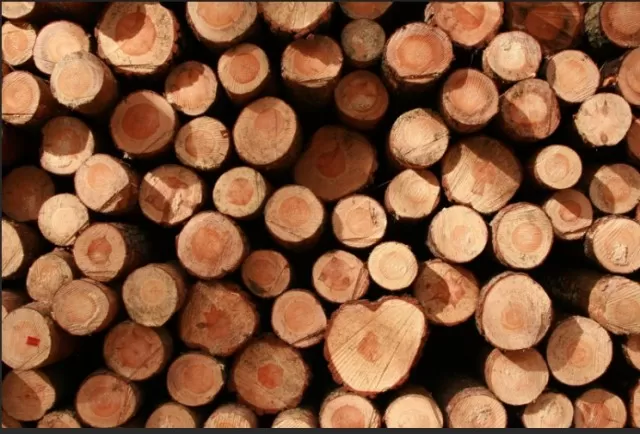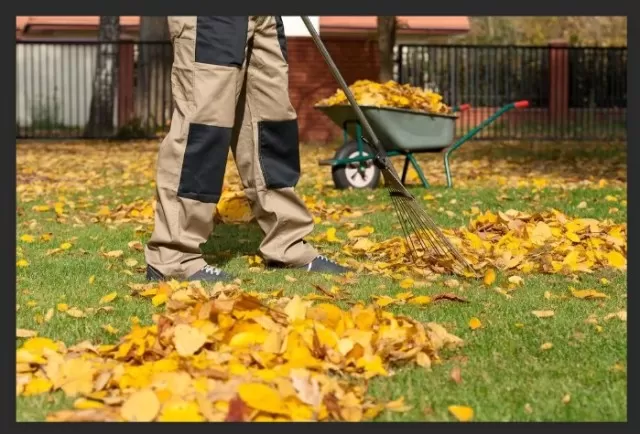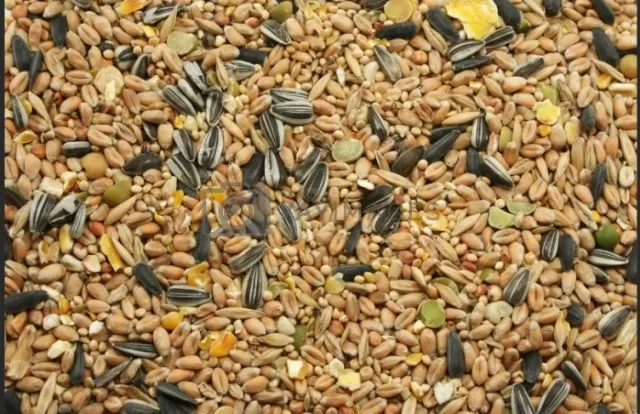8 Yard Factors That Attract Bugs and Pests (Part 2). Dealing with occasional bugs on your property is par for the course, but if you find yourself plagued by a persistent presence of mosquitoes, flies, and other pests, there’s a good chance you’re inadvertently creating an environment that’s alluring to these critters. Many factors can contribute to bug attraction in your yard, but with some proactive measures, you can mitigate this issue effectively. By addressing these bug attractors and implementing preventative measures, you can create a more comfortable and pest-free outdoor environment, allowing you to enjoy your yard without the constant presence of unwanted insects.
Wood Piles: A Bug’s Hideaway

While wood piles are undoubtedly convenient for storing firewood, they also double as ideal hideouts for a variety of unwelcome guests in the insect world.
Termites, ants, spiders, beetles, and many other bugs find refuge within these stacks of timber. To safeguard your home from potential pest infestations, it’s crucial to follow some precautions.
According to expert advice from Fredericks, homeowners should maintain a safe distance between their wood piles and their homes, ideally a minimum of 20 feet.
Additionally, it’s recommended to stack the wood on a raised structure, such as concrete blocks. This elevation not only prevents easy access for pests but also aids in keeping the firewood dry, which is essential for efficient burning.
Inspecting each piece of firewood before bringing it indoors is a prudent practice.
This step ensures that you don’t inadvertently introduce pests into your home along with the firewood.
Leaving wood piles directly on the ground without allowing airflow underneath can lead to moisture accumulation, creating an environment that’s even more inviting to pests.
Moist wood is particularly attractive to a range of insects, including termites and wood-boring beetles.
In conclusion, while wood piles serve a valuable purpose, they can become a haven for pests if not managed properly.
Following these guidelines helps ensure that your firewood stays free of unwanted visitors and maintains its quality for safe and efficient use in your home.
Bird Seed: A Double-Edged Welcome

Bird seed is a wonderful way to invite feathered friends to your outdoor space, providing them with nourishment and making your yard a hub of avian activity.
However, this generous offering can inadvertently attract more than just birds—it can also entice unwelcome bugs into your yard.
As Price, an expert in the field, points out, bugs often see bird seed as an ideal location to lay their eggs.
They do so with the intention of providing their offspring with a readily available food source as they hatch and mature. This natural cycle can bring unwanted insect populations closer to your home.
The issue can be exacerbated during the summer months when higher temperatures make bird seed even more attractive to bugs.
To mitigate this, it’s essential to take a few precautions. First, store bird seed in a cool, dry place to discourage bugs from infesting it.
Second, make sure to use up the bird seed relatively quickly to prevent it from becoming a breeding ground for insects.
By being mindful of these considerations, you can continue to enjoy the delightful presence of birds in your yard while minimizing the unintended consequences of attracting bugs.
Yard Debris: Unintended Bug Havens

Your yard debris, if left unattended, can inadvertently transform into cozy hideaways for various pests.
As Price wisely advises, allowing debris to accumulate in a pile within your yard for an extended period can create an ideal nesting spot for unwelcome critters.
To keep your outdoor space free from such infestations, it’s crucial to take proactive measures.
Dispose of or compost yard debris promptly, preventing it from becoming a haven for pests. Regularly clearing your yard of fallen leaves, branches, and other organic matter not only maintains a tidy appearance but also eliminates potential bug habitats.
Additionally, don’t forget to inspect tree stumps scattered around your property.
As Fredericks suggests, these stumps may be prone to rot, which can attract termites like magnets. Termites can pose a significant threat to your home if allowed to infest rotting wood.
Therefore, it’s advisable to remove any rotted tree stumps promptly to mitigate this risk.
By taking these simple yet effective steps, you can keep your yard clean, bug-free, and inviting for all the right reasons, ensuring a comfortable outdoor environment for you and your family.
*The information is for reference only.